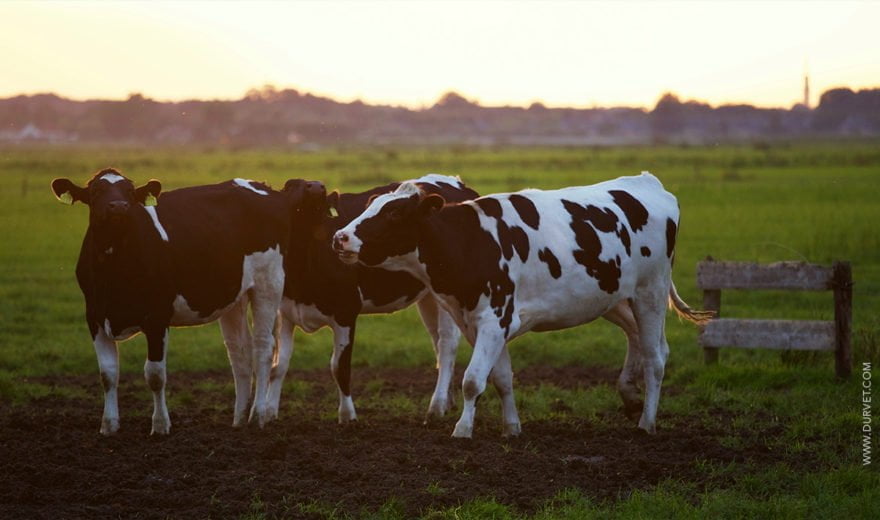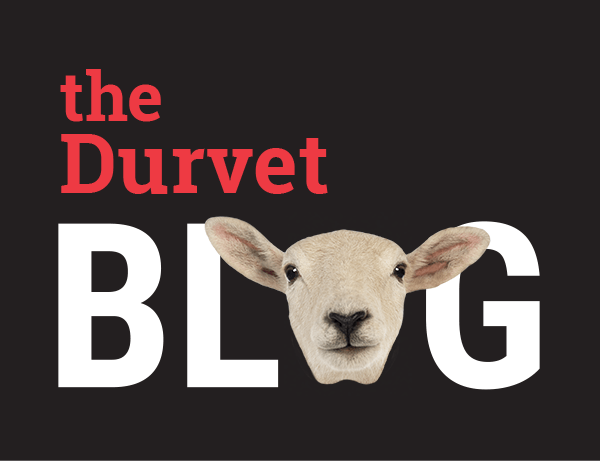
As soon as those green sprouts start emerging from the soil, the temptation to get livestock grazing is high. Allowing grazing before forage is mature can stunt the growth and quality for the remainder of the grazing season. The growth of cool-season grasses slows down as temperatures rise above 75° F. By being proactive and having good spring pasture management, you will have better results year-round. So what should you do to be ready for spring?
Test Your Soil
Soil is the foundation of a good and productive pasture. By testing your soil, it provides a better means to understand what your soil needs. Be sure to take soil samples that reflect the entire area of your pasture. Soil testing will help to determine soil pH and appropriate fertilizer requirements (nitrogen, phosphorus and potassium). Once you have the results and snow is melted, you can apply fertilizer or other nutrients. If your results call for extra lime application, that should be applied 6-12 months before seeding.
Check Fences
After a long winter with harsh weather, fences and trees in your pasture may be damaged. Taking time to physically inspect your pasture is essential. The ground is the softest and easiest to work with in the spring, so it's a great time to make fence improvements or add more shade sources for your livestock. If some areas look more heavily grazed than others, you can adjust fencing accordingly.
Weed Control
Weed control is a very important part of spring pasture management. Picking the right seed for your soil type is key as it will flourish and out-compete the weeds. Adjusting your soil after testing will also stunt weed growth. Another option for weed control is to implement rotational grazing. Rotational grazing gives cattle access to new forage every few days, but also provides an adequate rest period for forage to regrow. Finding the perfect balance for your rotational grazing system will help to optimize grass growth, minimize weeds and prevent overgrazing.
Prevent Overgrazing
Preventing overgrazing of premature spring grasses is important for both the animals and the forage. Shortening the grazing period from 4 weeks to 2 weeks will allow animals to get enough forage while not stunting grass growth and allowing forage to restore root reserves. Allowing animals to graze too short will hurt future forage production. Young forage is high in water content and low in nutrients and fiber, which can lead to health problems such as grass tetany. Giving cattle access to hay or a magnesium supplement until temperatures reach about 60°F will help them maintain dry matter intake and get the proper nutrients needed in their diet.
Early grazing season is a time to keep a close eye on both pasture and animal health. Implementing a plan for your spring pasture management will ultimately maximize production for the rest of the grazing season. The better care the pasture receives, the better the environment will be for grazing livestock.
Sources: Gallagher Animal Management, University of Kentucky, Southern States

 BACK TO MAIN BLOG
BACK TO MAIN BLOG 
Comment